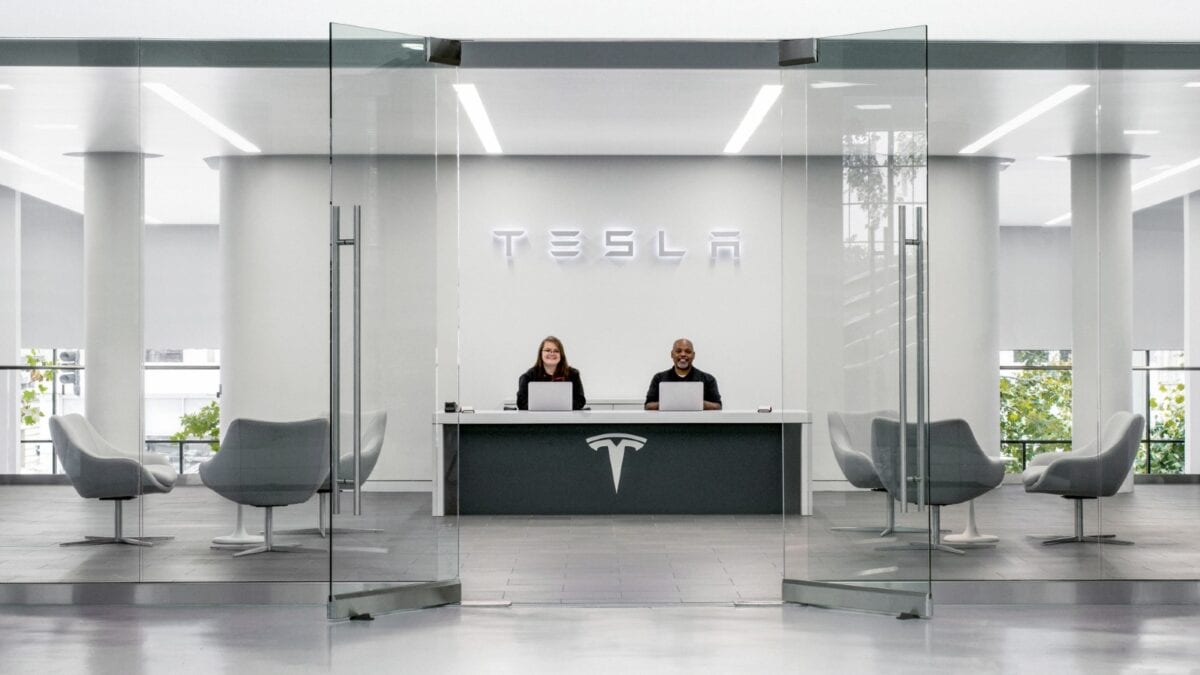Analysts and investors are no longer as bullish about the Tesla (NASDAQ:TSLA) share price as they once were. The stock’s average price target is currently $236, which is just $2 above the current share price.
The narrative also appears to be changing, with more negative commentary in recent months than I’ve seen in recent years. In fact, HSBC recently slapped Tesla with a ‘sell’ rating and a price target of $146, implying a 37% drop.
HSBC analyst Michael Tyndall suggested that many of Tesla’s more promising initiatives won’t see positive cash flow until the end of the decade. Tyndall also called Elon Musk a ‘singleman risk’ for the company.
Passive income stocks: our picks
Do you like the idea of dividend income?
The prospect of investing in a company just once, then sitting back and watching as it potentially pays a dividend out over and over?
If you’re excited by the thought of regular passive income payments, as well as the potential for significant growth on your initial investment…
Then we think you’ll want to see this report inside Motley Fool Share Advisor — ‘5 Essential Stocks For Passive Income Seekers’.
What’s more, today we’re giving away one of these stock picks, absolutely free!
So, is Tesla horribly expensive?
Valuation
Well, the valuation metrics certainly aren’t overly favourable. In fact, it’s among the most expensive companies I’ve come across, especially on near-term metrics.
Tesla is currently trading at 75 times earnings on a trailing 12-month (TTM) basis. That’s nearly four times higher than the S&P 500 average.
On a forward basis, it’s no better, with a forward price-to-earnings of 88, representing a 481% premium to the consumer discretionary average.
Tesla is expected to experience considerable growth over the medium term. So it makes sense to look at the PEG ratio — the price-to-earnings-to-growth metric takes into account expected growth, normally over five years.
Tesla’s forward PEG ratio is 3.86. That’s particularly expensive as a ratio of one is normally considered fair value.
| 2023 | 2024 | 2205 | |
| EPS | 2.6 | 3.5 | 5.2 |
| P/E | 88 | 66.8 | 45 |
As we can see from the above data, the valuation metrics improve throughout the medium term. The problem is, right now, those numbers don’t look attractive.
To be bullish on Tesla, one has to believe in the Tesla project, Musk’s vision of driverless cars and a fleet of taxis powered by artificial intelligence. I’d love to believe in those projects, and I do, but I’m just not sure I can put my money there.
My alternative
Of course, it’s always wise to have a diversified portfolio. And that can mean choosing to have exposure to the fast-growing electric vehicles sector. Currently, I don’t have any exposure to the sector, unless we count Aston Martin‘s electrification plans.
However, I’m interested in buying Li Auto (NASDAQ:LI), again. It appears to be the best positioned Chinese EV stock and currently trades at 44 times earnings — it’s the first of the EV newcomers to turn a profit.
The real selling point is the PEG value — 0.01 — which is among the cheapest I’ve come across. And it’s forecast growth over the coming three years is impressive.
| 2023 | 2024 | 2025 | |
| EPS ($) | 0.94 | 1.46 | 2.08 |
| P/E | 43.6 | 28 | 19.7 |
Of course, I’m wary that trade wars could prevent Li Auto getting as big as Tesla.
However, I’m also really impressed by the company’s offering. The L9 — the firm’s second car — looks like a world-beater. The hybrid SUV comes with two electric engines and one petrol, delivering 1,100 kilometres of range.
And while it’s priced towards the upper end of the market at $70,000, it’s packed with tech, including sizeable infotainment displays controlled by 3DToF hand/finger tracking cameras.
It could be a real winner, and that’s why it’s my pick over Tesla. When I have the capital available, I’ll add it to my portfolio.








